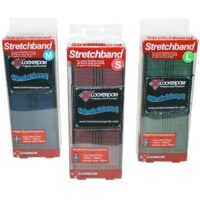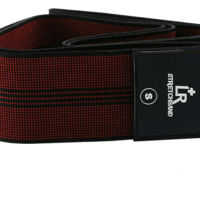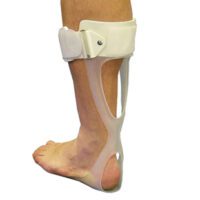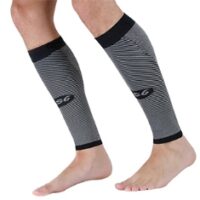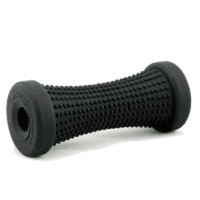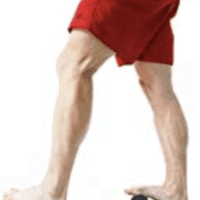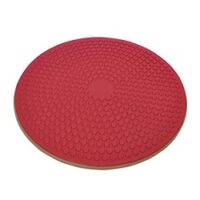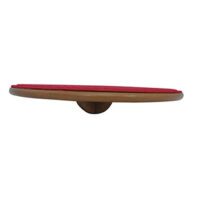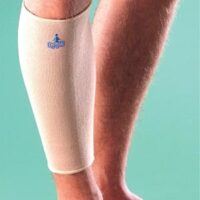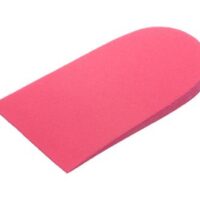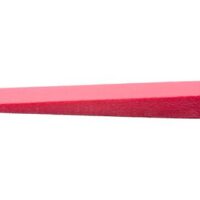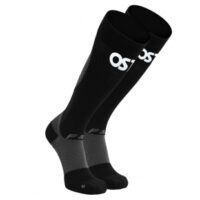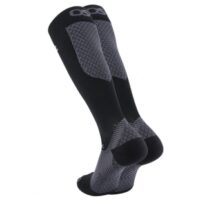Calf Strain
Article by John Miller
Calf Strain and Calf Tears

Why Do Calf Strains and Tears Occur?
Calf strains and tears can cause intense pain and disrupt your daily life. But why do these injuries happen? Calf muscle injuries often occur due to sudden, forceful contractions, such as when sprinting, jumping, or making quick directional changes. These actions can lead to a “Calf Tear” or a “Calf Muscle Tear,” both of which are more severe than a mild “Calf Strain.” Additionally, inadequate warm-up exercises before engaging in physical activities increase the risk of injury, especially in sports like athletics, football, and tennis.
Read more about: Common Causes of Calf Pain
How Can You Differentiate Between Calf Muscle Injuries?
Determining whether you have a “Calf Tear” or a “Calf Strain” is crucial for appropriate treatment. Severe tears can sometimes resemble Achilles tendon injuries, making advanced imaging techniques like ultrasound or MRI essential for a precise diagnosis. A correct diagnosis ensures you receive the most effective treatment plan tailored to your injury.
What Complications Can Arise from Calf Muscle Injuries?
Calf injuries can lead to more than just muscle damage. One serious complication is deep venous thrombosis (DVT), where blood clots form in the calf. If these clots travel to the lungs, they can cause pulmonary embolism, resulting in severe respiratory distress, strokes, or even death. If you experience sudden shortness of breath or chest pain following a calf injury, seek immediate medical attention.
Why is Physiotherapy Essential in Recovery?
Physiotherapy plays a crucial role in the recovery from calf muscle injuries. Initially, treatment may involve rest, ice, compression, and elevation (RICE) to manage pain and swelling. Your physiotherapist will guide you through these steps to ensure optimal pain management. As recovery progresses, mobility exercises help prevent scar tissue from limiting movement, and strength restoration exercises rebuild the injured muscle.
Discover the benefits of physiotherapy for calf injuries.
What’s New in Physiotherapy Techniques?
A 2022 study by Green et al. aimed to address the lack of research guiding clinicians in managing calf muscle strain injuries (CMSI), which are prevalent in many sports. Through in-depth semi-structured interviews with 20 expert clinicians working in elite sport, several key insights emerged. The study found that CMSI have unique characteristics compared to other muscle strains, making rigorous clinical assessment crucial for accurate diagnosis and prognosis. Rehabilitation was shaped by athlete-specific factors and sport demands, progressing through six management phases to optimise performance at return to play (RTP) while minimising the risk of recurrence. Preventing CMSI remains challenging, with no universal prevention program identified. Instead, experts recommend individualised strategies based on ongoing monitoring of calf capacity, loading exposure, and athlete characteristics to mitigate the risk in susceptible athletes. (Green et al., 2022)
Why Should You Consider Dry Needling and Kinesiology Taping?
Dry needling involves inserting thin, sterile needles into trigger points within the calf muscles to release tension and alleviate pain. Kinesiology taping provides support and enhances circulation, making it easier to engage in rehabilitation exercises. These techniques, when combined with traditional physiotherapy, can significantly enhance your recovery process.
Read more about these techniques here:
Conclusion: Prioritising Recovery with Physiotherapy
Recovering from a calf strain or tear can be challenging, but with the guidance of a qualified physiotherapist, you can follow a structured and effective recovery plan. Physiotherapy not only aids in healing but also helps prevent future injuries, ensuring long-term calf muscle health.
What to Do? Seek Professional Advice
If you’re dealing with a calf strain or tear, don’t wait—book an appointment with a physiotherapist today. Their professional guidance is crucial for a full recovery and long-term muscle health.
Rochedale - Call 38410277
Book Online: RochedaleSalisbury - Call 32751044
Book Online: SalisburySandgate - Call 32691122
Book Online: Sandgate
Calf Strain FAQs
- Why do calf strains happen?
- Calf strains typically occur due to sudden, forceful muscle contractions during activities like sprinting or jumping. Lack of proper warm-up can also increase the risk.
- How can you tell if you have a calf strain or tear?
- Advanced imaging techniques such as ultrasound or MRI are often needed to differentiate between a calf strain and a tear, ensuring accurate diagnosis and treatment.
- What complications can arise from a calf strain?
- Complications like DVT can occur if a blood clot forms and travels to the lungs, causing pulmonary embolism. This requires immediate medical attention.
- How does physiotherapy help in treating calf strains?
- Physiotherapy helps manage pain, restore mobility, and strengthen muscles, facilitating a comprehensive recovery from calf strains and tears.
- What are the latest techniques in physiotherapy for calf injuries?
- Techniques like eccentric exercises, dry needling, and kinesiology taping are highly effective in promoting recovery and preventing future injuries.
- What should I do if I have a calf strain?
- It’s important to seek professional advice from a physiotherapist who can create a tailored treatment plan for your specific injury.
Related Articles
- Calf Pain: This article offers insights into various causes of calf pain and potential treatments.
- Calf Muscle Pain: Causes And Relief Strategies: Readers will find information on identifying and managing calf muscle strains.
- Muscle Strain: It discusses different types of muscle strains, including calf muscle tears.
- Achilles Tendinopathy: This page covers the symptoms, causes, and treatment options for Achilles tendinopathy.
- Running Injuries: It provides information on common running injuries, including calf strains.
- Achilles Rupture: Causes, Treatment & Management Options: Readers can learn about the causes and treatment options for Achilles ruptures.
- Dry Needling for Muscle Pain: Discuss the benefits of dry needling in muscle injury recovery.
- Kinesiology Taping Techniques: Understand how kinesiology taping supports injury recovery.
- Eccentric Exercises for Injury Recovery: Learn about the role of eccentric exercises in recovering from calf strains.
- Calf Muscle Strain: Discuss the causes, symptoms, and treatments for calf muscle strains.
- Calf Muscle Tear: Explore the differences between calf strains and tears and their respective treatments.
- Preventing Muscle Strains: Discover strategies to prevent calf strains, especially in athletes.





